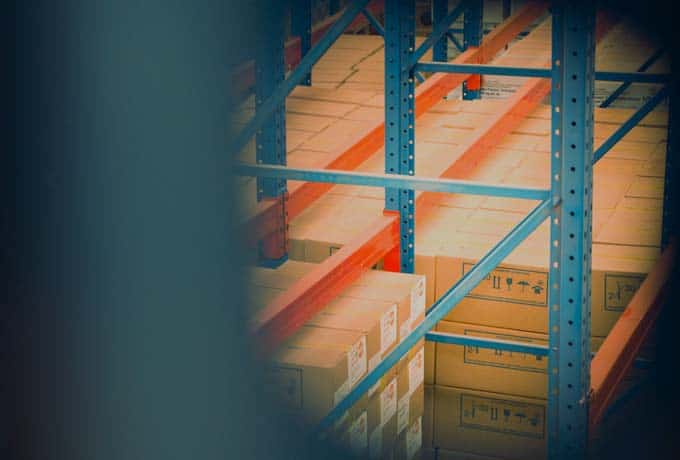Stable supply chains as a success factor
The supply chains are interrupted: "Currently not available - or only with a time delay and a high surcharge." This is the answer many companies are currently receiving when they want to order materials and precursors needed for their production. Figures published by the IFO Institute show how tight supply capacities have been for months in many sectors. According to these figures, [...]

Many supply chains are more fragile than thought
Until the Corona pandemic broke out, many companies never imagined that their supply chains could prove so fragile. But then the virus arrived and led to a worldwide slump in industrial demand. So many manufacturers of precursors also reduced their production capacities. These are now lacking, as the global economy has picked up unexpectedly quickly, also due to many government stimulus programs. As a result, strong demand is being met by reduced production capacities for intermediate products and extraction capacities for raw materials. Added to this: In the wake of the pandemic, global goods transportation is also still disrupted. In addition, quarantine regulations in Asia, especially China, are repeatedly causing production facilities and ports to fail. This is exacerbating logistics problems and causing transport prices to rise. In addition, many companies are trying to rebuild and expand their inventories of intermediate products due to the continuing uncertainty. This too is exacerbating the shortage of goods and creating supply bottlenecks.Purchasing maxims are reviewed
As a result of this new experience, many companies are currently rethinking their procurement management. Whereas before Corona quite a few of them operated global sourcing in purchasing according to the maxim "Buy where it's cheapest," factors such as supply security are now increasingly playing an important role in their purchasing decisions in addition to price and product quality. Many companies that have been advocates of just-in-time production and stockpiling are currently considering increasing their inventories again. Others are considering producing more components themselves again and relying more on local suppliers for procurement. In addition, more than a few companies are rethinking their previous strategy of minimizing the number of their suppliers for cost and administrative reasons. Instead, they are considering bringing on board a second and third supplier for important upstream products which they previously procured from one supplier, in order to reduce their dependence on individual suppliers.Use software - if and as far as possible
For companies considering a change of supplier or wishing to increase their number, this gives rise to the following challenge: they must first obtain an overview of who could be potential suppliers and then evaluate them so that they can make a qualified selection. This process requires a lot of time. This is often a problem, especially for small and medium-sized companies without a large purchasing department. This can often be alleviated with digital supplier auditing processes, in which companies first use an online questionnaire to ask potential suppliers to what extent they meet their supply requirements. Ideally, they can get an initial overview of which suppliers are "hot candidates" within a few hours and use this info for their supplier selection and contract negotiations.Companies are and remain decision makers
However, such software programs are only a tool to systematize and simplify the pre-selection of suppliers. When the decision is made whether to cooperate with supplier A or B, it is important, especially in the case of strategically relevant primary products and materials, to also get to know the supplier's organization - in order to evaluate its self-statements, because: Paper is patient. In addition, it is important to adequately determine the strategic relevance of the individual products and services in order to arrive at the right evaluation and selection criteria, because the last few months have shown how quickly the lack of such small parts as seals, sensors and clamps can paralyze the entire production. Getting to know the supplier and its organization personally is particularly important when it comes to selecting suppliers and service providers with whom the company and its employees have to work almost daily in the service provision process. Then the "chemistry" must be right, and the extent to which this is the case can only be determined through personal contact. To the author: Alban Maier is managing partner of the management consultancy Assention AG, Pfäffikon (www.assention.com). This supports manufacturing companies in analyzing, optimizing and redesigning their business processes, among other things.This article originally appeared on m-q.ch - https://www.m-q.ch/de/stabile-lieferketten-als-erfolgsfaktor/









